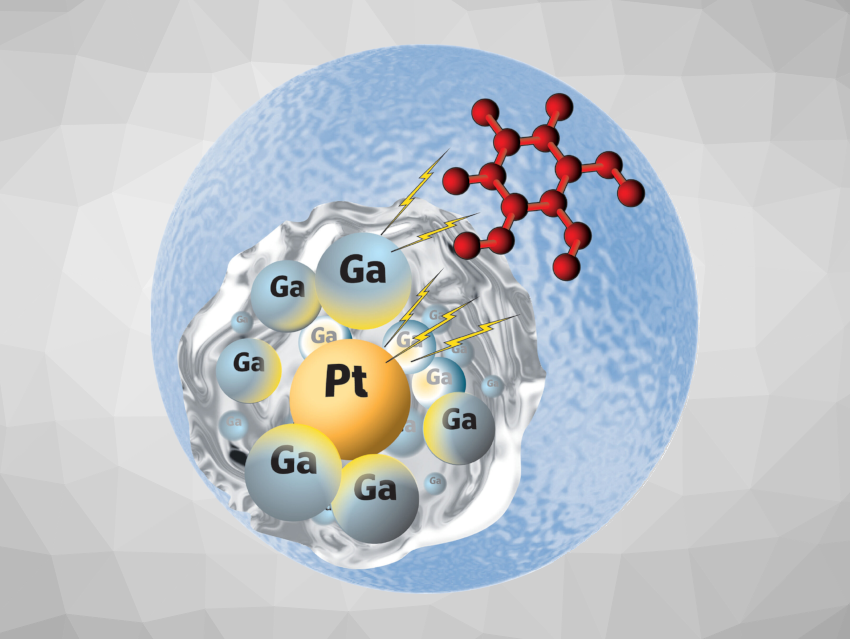In this issue, Zhaomin Hou et al. review dinitrogen activation and addition to unsaturated bonds between carbon on one end and nitrogen, oxygen, sulfur, or carbon on the other, mediated by transition metal complexes, and Lei Wang et al. discuss selective ion transport in two-dimensional lamellar nanochannel membranes. The Minireviews deal with the role of metal formyl intermediates in the formation of carbon–carbon bonds from carbon monoxide and hydride (Joseph M. Parr and Mark R. Crimmin) as well as operando stability of single-atom electrocatalysts (Chang Hyuck Choi et al.). Max M. Hansmann highlights work on transition-metal-free activation of carbon monoxide through ketenyl anions obtained by PPh3/CO exchange.
In the original research section, Terrance J. Hadlington et al. present tetrylene–iron(0) complexes as access points for cooperative, reversible bond activation and open-shell iron(−I) ferrato-tetrylenes. Dritan Hasa et al. succeeded in modulating the thermal properties of polymers through crystal engineering. Nicola Gaston et al. describe the dynamic activation of Ga sites by Pt dopant in low-temperature liquid-metal catalysts (see picture). Paul Schanda et al. probed the rigid core and flexible surface of amyloid fibrils by magic-angle-spinning NMR spectroscopy of aromatic residues.
- Angewandte Chemie 19/2023: Access Points,
Angew. Chem. Int. Ed. 2023, 62 (19).
Sponsored content is not written by and does not necessarily reflect the views of ChemistryViews’s editorial staff.


